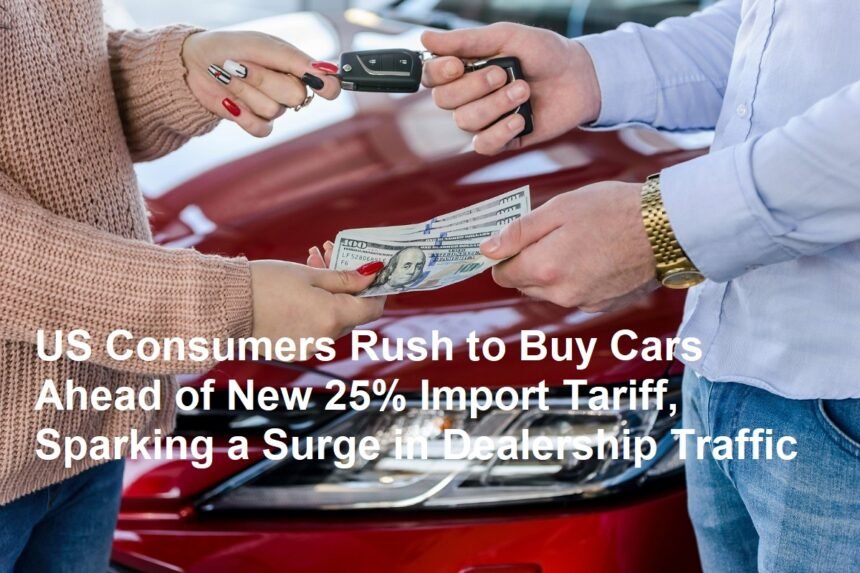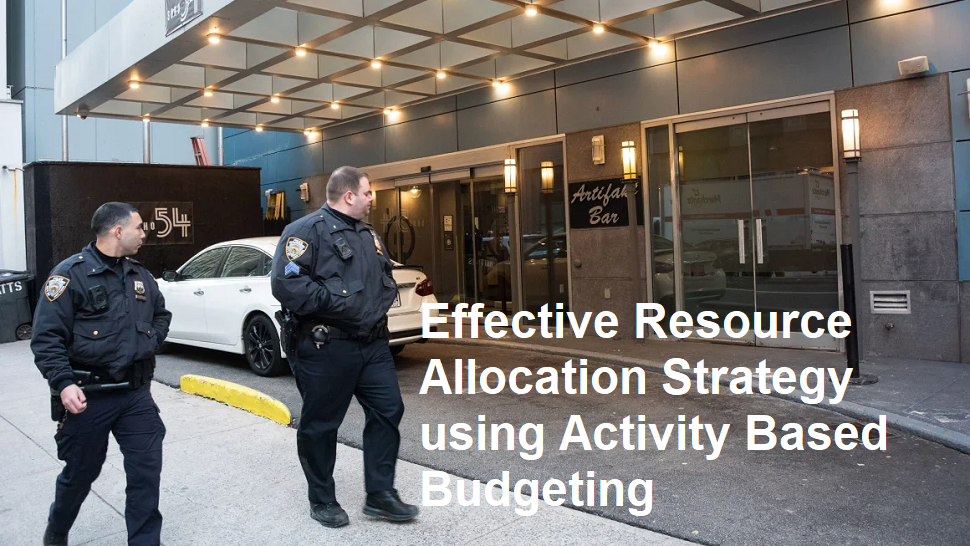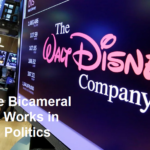In a dramatic turn of events, American consumers have been flocking to car dealerships throughout March 2025 in a bid to purchase vehicles before the new 25% import tariff takes effect on April 2, 2025. The tariff, which targets imported automobiles, has sparked widespread concern among buyers who fear higher costs in the near future. This sudden rush to buy has not only resulted in record-breaking sales at dealerships but also provided a surprising boost to an industry that had been experiencing a slow start to the year.
Dealerships across the United States have reported an unprecedented influx of customers over the past month. Sales managers and automotive experts alike have noted that the anticipation of the tariff has created an urgency among potential buyers. “We have seen a surge in our customer traffic unlike anything we’ve experienced in recent years,” said a spokesperson for a major dealership chain in Michigan. “Consumers are eager to lock in current prices before the tariffs make imported cars significantly more expensive.” This proactive move by consumers has led to long lines at dealerships and a rapid turnaround of inventory that had previously languished on lots.
The impending tariff is part of a broader trade policy initiative aimed at protecting domestic industries and reducing the trade deficit. However, the measure has unintended consequences for the automotive sector, where a significant portion of vehicles and auto parts are imported. Economic analysts warn that the tariff could lead to increased prices not only for new vehicles but also for parts and accessories, potentially dampening demand in the long term. Despite these concerns, the immediate effect has been a boost in sales as buyers rush to avoid higher costs.
For many American families, purchasing a car is both a necessity and a major financial decision. With the new tariff looming, consumers have expressed a mix of anxiety and determination to make their purchases before the policy shift. “I’ve been planning to buy a car for a while now, and this tariff announcement really pushed me into action,” said one buyer in California. “It’s a clear signal that prices are going to go up, so I wanted to take advantage of the current market conditions.” Such sentiments are echoed across various states, as consumers from different economic backgrounds seek to benefit from the pre-tariff pricing.
The surge in demand has also had a positive ripple effect on the automotive industry, which had been struggling with a sluggish start to the year. Dealerships report that the influx of buyers has led to a notable increase in sales volume, helping to offset the downturn that had been predicted for the early months of 2025. Industry experts suggest that this burst of consumer activity may provide the automotive market with the momentum it needs to stabilize before the implementation of the new tariff policy. “This unexpected boost is a double-edged sword,” remarked an economist specializing in trade policy. “While it helps the industry in the short term, it also raises questions about the long-term impacts of protectionist measures on consumer behavior and market dynamics.”
The response from car manufacturers has been equally mixed. Some manufacturers, particularly those with significant production facilities in the United States, view the tariff as an opportunity to promote domestically produced models. Others, which rely heavily on imported vehicles, have expressed concerns that the policy could reduce their competitiveness in the American market. In response, several automakers are ramping up domestic production and exploring alternative strategies to mitigate the anticipated cost increases.
As the deadline of April 2 approaches, both consumers and industry stakeholders are bracing for the aftermath of the tariff’s implementation. The coming weeks will be critical in determining whether this surge in demand is a temporary spike or the beginning of a longer-term shift in consumer behavior. For now, American car buyers are capitalizing on the current market conditions, ensuring that they secure their vehicles at today’s prices before the anticipated cost hike takes effect.












